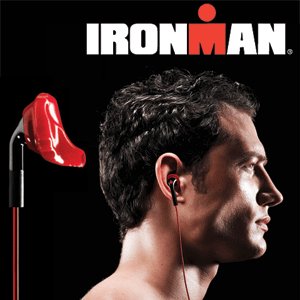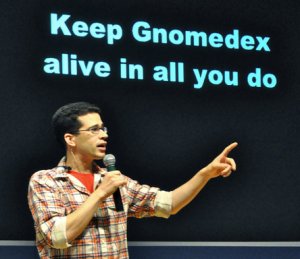David Spark (@dspark) is a veteran tech journalist and the founder of the media consulting and production company Spark Media Solutions. Spark blogs regularly at Spark Minute.
This article is Part II of a two-part series about how to record, encode, store, organize, and share via online and DVD a video of each day of your child’s life. The first part, over at Spark Minute, covers the basics of doing the recording and storing the video. This article covers the second part, which is the daunting process of organizing and sharing the videos.
A year ago I decided to take on a seemingly gargantuan task.
 I began shooting a video of my son every single day of the first year of his life. As of today I’ve shot (with the help of my wife), produced, shared online, and printed on DVD over 400 one-minute videos (some days I produce more than one video).
I began shooting a video of my son every single day of the first year of his life. As of today I’ve shot (with the help of my wife), produced, shared online, and printed on DVD over 400 one-minute videos (some days I produce more than one video).
When I tell people I’m doing this they can’t believe it, because they immediately think of how much work it must involve. But in actuality, given the tools we have, the cost of disk space, and just some good pre-planning and organizing (the most critical parts), it’s really not that difficult. You just have to commit to it, and do it. The trick is to not make it too difficult on yourself, so you can do it easily without it being a burden. If it’s too hard, you’ll just give up.
No matter how busy you are, there is a way to record a video every day of your child’s life, and manage all that video. Just think how amazing it would be if your parents had recorded a video a day of you (heck, a video a year). Wouldn’t that be incredible? I’m hoping it’ll be the same for my son.



